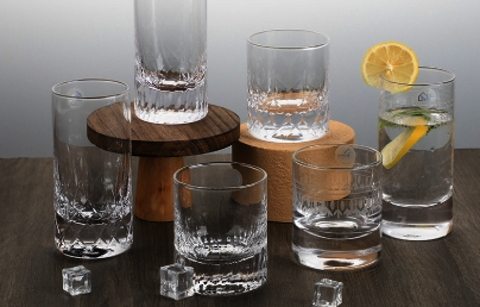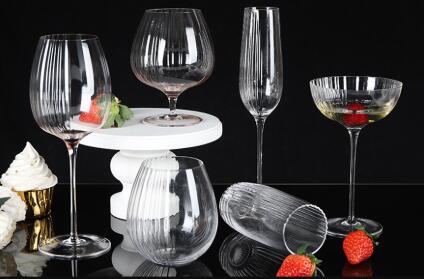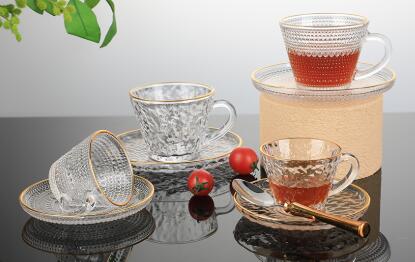What else can the glass cup do besides drinking water
Pulished on Jul. 30, 2019What can glass cup do but drink water? Play music with glass cups? I think a lot of people want to do it. What else? Let's have a look at the application of glass in sound, light, electricity, power and heat.
Acoustics:
1. When you tap the mouth of the glass with chopsticks, you will hear the clear and pleasant sound of the glass; when you do not use chopsticks, the glass will not make sound. It shows that sound is produced by the vibration of the vocal body; when the vibration stops, the sound stops.
2. Put different capacity of water in several identical glasses and the water level is different. When you tap the mouth of different glasses with chopsticks, it will produce a wonderful "music" with different tones. This means that the length of the body is different, so is the pitch of the voice.
3. If you take two glasses of different thickness and tap them gently with chopsticks, you will find that the sound of the two glasses is different. This is also a way to judge the quality of bowls, cups, plates and so on when we buy them in the market.
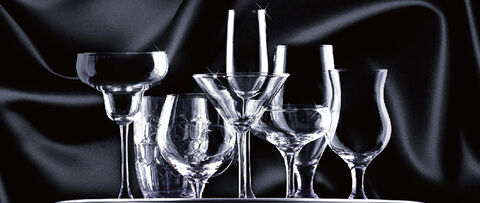
Professional buyers choose quality glasses in this way
Optics
1. Fill a glass with water and put it in the sunshine. You will find a colorful light band on its back. The dispersion of light is explained.
2. Put a coin in a glass, step back until you can't see the coin, then add water to the glass, and as the amount of water added gradually increases, you will see the coin. This means that light is refracted when it enters water from air.
3. When you look at an object on the other side through a glass of water, you will feel the object on the opposite side magnified. This indicates that the glass holding water is equivalent to a magnifying glass, which can form an upright and enlarged virtual image.
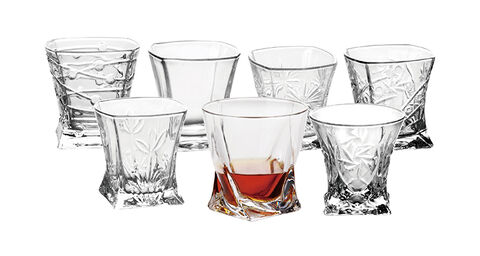
Heat:
1. In summer, put a Popsicle in a glass and leave it in the air for a while, you will find that the outside wall of the glass will "sweat". This shows that water vapor in the air liquefies when it cools.
2. In two identical glasses, respectively filled with hot water and cold water, and then put a few drops of red ink, after a while, you will find that the red ink in the hot glass quickly dispersed. This indicates that the higher the temperature, the faster the diffusion process, the more violent the irregular movement of molecules.
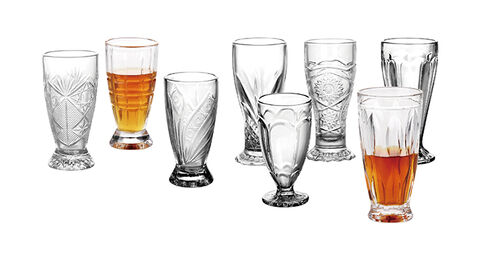
Mechanics:
1. Take a piece of foam placed on the horizontal table, put a glass mouth and glass bottom respectively on the foam, it will be found that the glass mouth on the foam, the degree of immersion is more obvious. It indicates that when the pressure is constant, the smaller the stressed area is, the more obvious the pressure effect is, and the higher the pressure is.
2. Fill a glass with water and cover it with a piece of cardboard. Turn it upside down. That explains the atmospheric pressure.
3. Fill a glass with rice, then insert a chopstick vertically into the rice in the middle of the cup, and squeeze the rice evenly. Finally, put a certain amount of water into the cup, and after a while, when you lift the chopsticks, you will see the whole cup is lifted. This means that after adding water, the expansion of the rice increases the pressure on the chopsticks, thus increasing the friction.
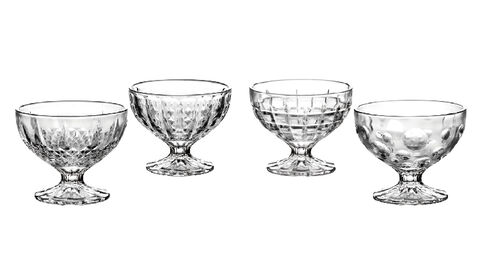
4. Put a glass in a container of water and it will not sink to the bottom. The method of "hollow" increases the volume of draining boiled water and the available buoyancy.
5. Place a glass upright on a horizontal table and use a spring balance to pull it along at a constant speed; Then lay the glass flat on the horizontal table, and then use the spring balance to pull it to roll at a uniform speed, you will find that the number of spring balance in these two cases is not the same. The rolling friction is less than sliding friction under the same conditions.
6. Place a piece of cardboard on top of a glass of water. Then place an egg on top of the cardboard. It shows that eggs have inertia.
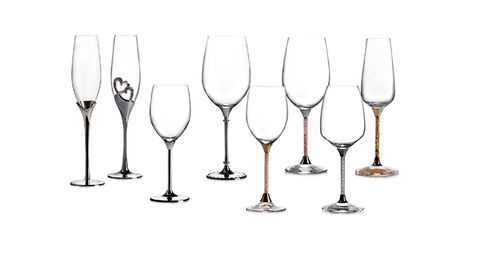
Electrical:
1. Connect the two ends of a small bulb circuit to the mouth of the glass and the bottom of the glass, close the switch, and you will find that the bulb does not emit light. That means glass is an insulator.
2. In the above experiment, if the glass is heated to a red-hot state with an alcohol burner, the bulb will gradually glow. This shows that there is no absolute boundary between conductor and insulator.
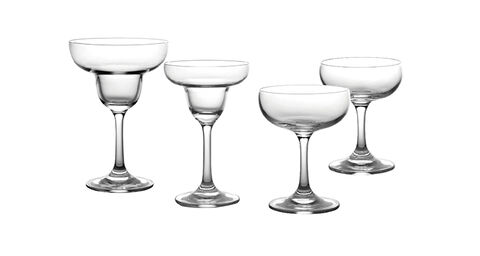
It’s necessary for us to drink water in daily life, especially office worker like us need to drink water everyday for replenish the runoff water from the body. For body health, we recommend that it’s better to use glass cup to drink water. We have 4 reasons for using glass cup to drinking water.







